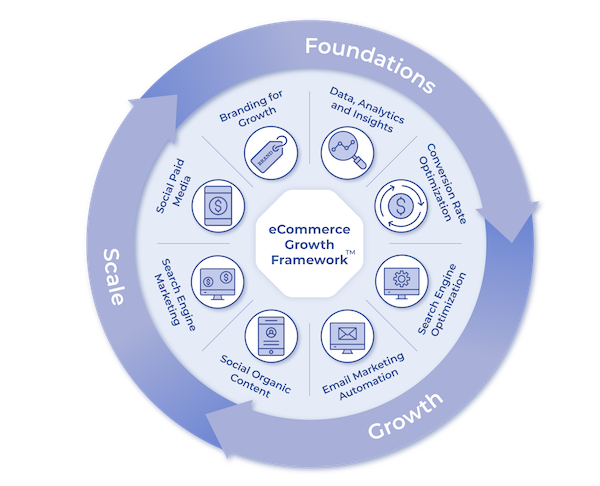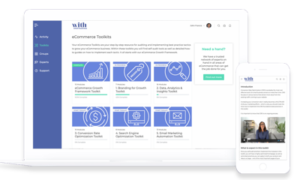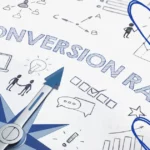Recent environmental factors have accelerated the shift of small businesses to online to survive. eCommerce business growth has challenges with the complexities of the environment and inconsistent results.
For small businesses to grow both effectively and sustainably, a strategic approach is required. These 8 essential pillars of eCommerce are based on a strategic framework specifically designed for small businesses:
1. Branding for growth
Branding for growth refers to your visual design, tone of voice and messaging being consistent across all digital touch points such as your website, social platforms, emails and other digital application’s.
It takes approximately 50 milliseconds for people to form an opinion about your website or social presence.
Today in digital you don’t get a second chance to create a first impression, particularly when customers can find competing brands within just a few clicks.
2. Data, analytics and insights
There is a saying “you can’t manage what you can’t measure” and this is especially true in eCommerce. Many business owners are daunted by data, however, if you want to grow your business, data analysis is mandatory.
You may have Google Analytics connected to your store already, however is it set-up for advanced eCommerce and tracking?
3. Conversion Rate Optimisation (CRO)
CRO is making changes to your website that improves the customer’s journey or experience and therefore increases your website’s conversion to sale.
To calculate your conversion rate you divide the number of sales by the total number of visitors during a given time frame. And then multiply by 100 as it is usually expressed as a percentage. The average global conversion rate is 1.82%. Do you know what yours is?
4. Search Engine Optimisation (SEO)
SEO is the process of improving your site to increase its rankings for search queries through search engines like Google, Bing or Yahoo. The better ranking your pages have in search results, the more likely search engines will recommend your content to their users as the best solution to their problem.
With approximately 75% of users never going beyond the first page of Google search results – you can see why you want to work towards ranking on the first page – if only for your top few products.
5. Email Marketing Automation
Email Marketing Automation is sending out emails to your customers and prospects automatically, based on a schedule, or trigger that you have defined.
Email marketing has yielded the highest ROI in the past 10 years of all digital marketing channels and has been reported to deliver an ROI of 44:1. Setting up automations saves you time and increases your revenue.
6. Social Content Strategy
Organic content can be a significant effort with minimal return, with around 5% of your content being seen by your followers. Unfortunately it is a necessary evil for all online businesses.
To ensure you don’t get sucked into the social content vortex, it’s best to have structure around your content with content pillars and topic clusters. It also helps to have your personas identified so you can talk to them directly through your social content.
7. Search Engine Marketing (SEM)
SEM is the process of gaining website traffic by purchasing ads on search engines. SEM produces fast results by targeting an audience that is already in-market looking for your offering.
It is the unbeatable digital advertising channel when it comes to ROI and SEM is great for testing your products, your messaging and your audiences.
8. Social Paid Media / Advertising
Although social advertising has a relatively low barrier to entry, the algorithms require a certain amount of data and time to optimise to give you the best results based on your campaign objectives.
So if you don’t have the funds to invest in your advertising for a minimum of 2-3 months and beyond, then it’s best to hold off until you do.
When using these pillars to grow your business, it is important to work through them from the top to the bottom, that is, start with looking at your branding across your digital assets, then move onto setting up your Google Analytics for advanced eCommerce.
To track your conversion rate you need to have Google Analytics set-up and so on. Each of the pillars build on the pillars covered previously. The advertising pillars are presented last as it’s critical for small businesses to have all the pillars in place to maximise the effectiveness of their advertising dollars.





